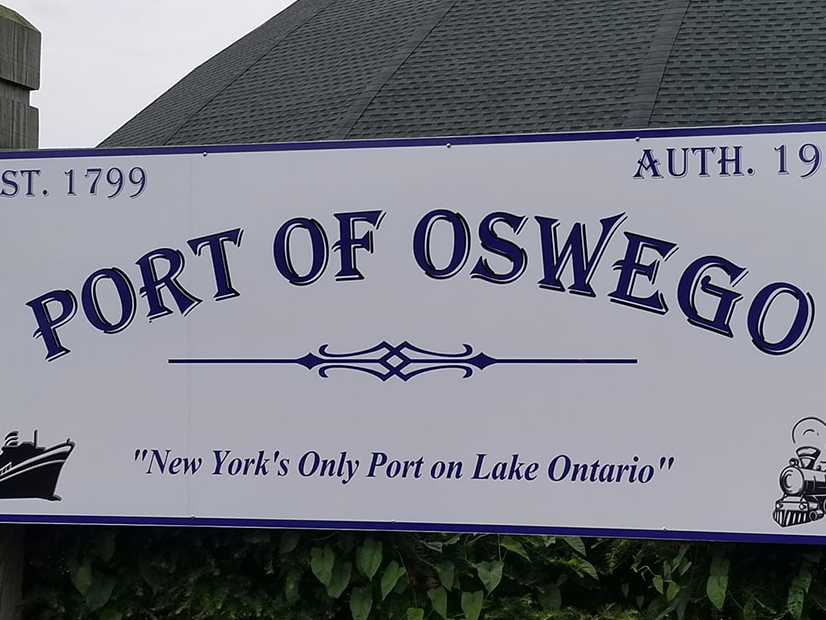
New wind resource data for the Great Lakes is showing higher wind speeds than originally thought at potential spots for offshore wind development.
“This is a good result,” Walt Musial, manager of offshore wind at the U.S. Department of Energy’s National Renewable Energy Laboratory, said Tuesday.
Wind speeds in locations where wind projects might go on the New York side of Lake Erie and Lake Ontario average between 8.5 and 9 meters/second, Musial said during a public webinar on New York’s Great Lakes wind power feasibility study.
“We now have a 21-year record using ensemble-based analysis and an advanced weather research forecasting model that comes from the National Center for Atmospheric Research,” he said.
The new dataset replaces NREL’s Wind Integration National Dataset Toolkit for the Great Lakes, which used a seven-year record.
 Higher wind speeds were found in new data for the Great Lakes, showing average speeds between 8.5-9 meters per second. | National Renewable Energy Labora
Higher wind speeds were found in new data for the Great Lakes, showing average speeds between 8.5-9 meters per second. | National Renewable Energy LaboraNREL’s analysis also found that the wind resource has “very little variability,” Musial said.
The New York State Energy Research and Development Authority (NYSERDA) is reviewing work that has already been completed for the feasibility study to produce a draft version before the end of the year, Sherryll Huber, project manager for offshore wind contracts, said during the webinar.
Last year, the New York Public Service Commission directed NYSERDA to identify the viability of Great Lakes wind energy as a resource. (See NY Kicks Off ‘Dynamic’ Great Lakes Wind Study.) NYSERDA expects to submit the final study to the commission early next year.
“Based on the findings of the study, the commission … will conclude if Great Lakes wind is a feasible addition to the state’s renewable energy portfolio, likely in 2022,” Huber said.
Ports
Lake conditions of Erie and Ontario will drive the turbine, vessel and port requirements for project development.
On Erie, Musial said, the water is shallower than in Ontario and will require fixed-bottom substructures that need heavy-lift vessels for wind turbine construction on the lake. Turbine size for Erie projects will be limited by the crane capacity of the vessels that can be on the lake.
Ontario, on the other hand, has deeper water and will “probably” require floating wind turbines, he said. Wind turbine assembly for floating turbines would take place in a port facility, and turbine size would be limited by the crane capacity at the port.
NREL reviewed four port possibilities for Ontario (Ogdensburg, Clayton, Oswego and Rochester) and three for Erie (Buffalo, Dunkirk and Erie).
With some upgrades, Oswego, Buffalo and Erie could accommodate OSW activities, Musial said.
Still to Come
NREL is still working on an economic analysis for the feasibility study.
Musial said the analysis will assume a project size of 600 MW, comprising 100 6-MW wind turbines, with locations yet to be determined. Costs for port upgrades and land-based connections will not be part of the project economics, and financing will be similar to projects already in development in the Atlantic.
NREL will customize its models for the specific conditions of each lake and run cost and sensitivity studies for a geospatial analysis and time-dependent parameters past 2030, according to Musial. The modeling, he said, will assume floating turbines for Ontario and fixed turbines for Erie.
In addition, NREL will conduct a jobs and economic development analysis. The results, Musial said, will calculate the actual jobs created by projects on the lake and the local revenues along with induced impacts of the workforce in local communities. An additional analysis will identify existing workforce availability and programs in the region that can train workers.

